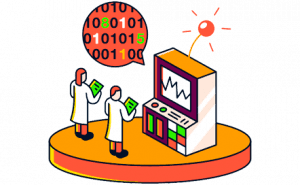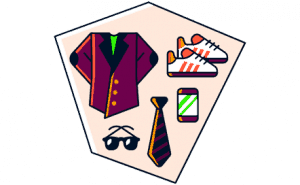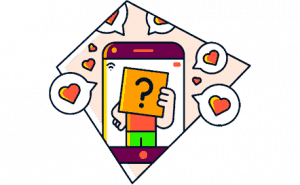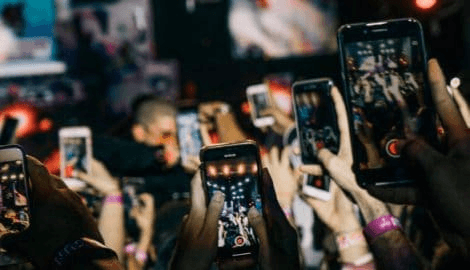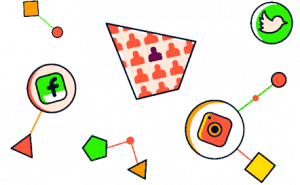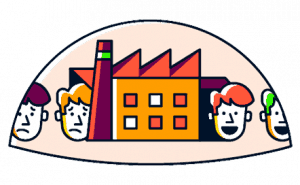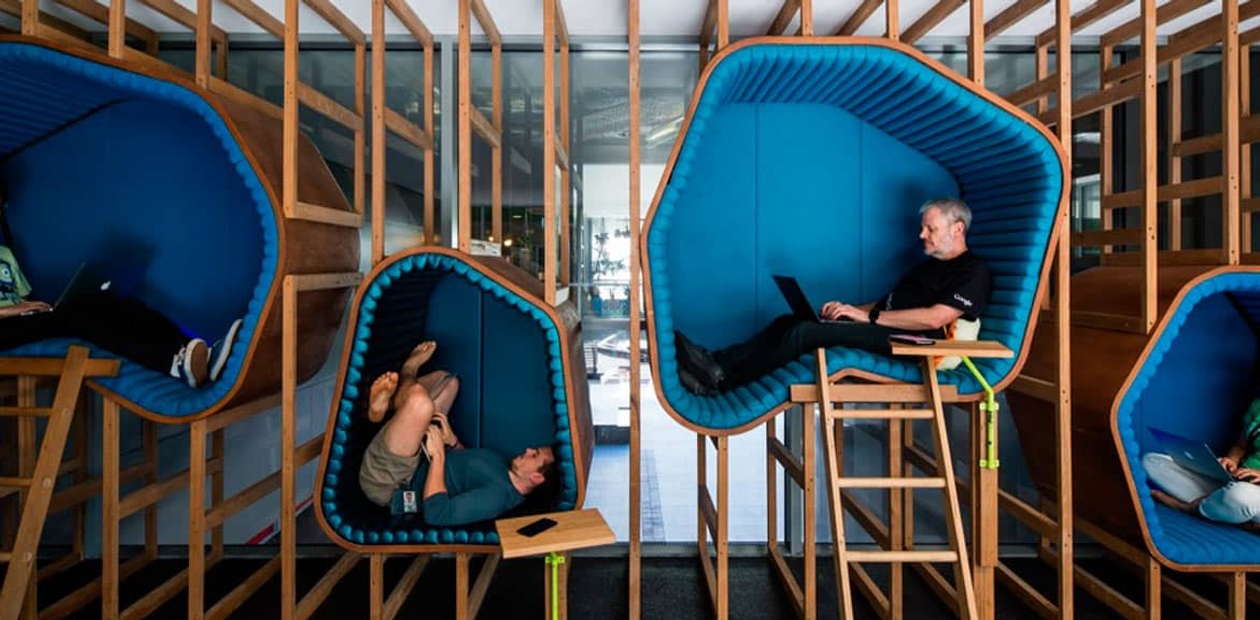
GOOGLE BOSSES SAY THEY CAN’T HIRE ENOUGH SOCIAL SCIENTISTS AND MICROSOFT CLAIMS TO BE THE LARGEST EMPLOYER OF ANTHROPOLOGISTS IN THE WORLD.
Foto: Google
The behavioral science toolbox
There’s a virus spreading on Instagram.
It’s making users, some of the most high-profile users of the service – like Kendall Jenner and Bella Hadid – post orange tiles to their feeds.
The cause of this virus? A New York City entrepreneur by the name Billy McFarland, who gave the influencers tens if not hundreds of thousands of dollars to post the monochrome square to promote his upcoming Bahamas-based music and lifestyle festival Fyre Festival.
And that orange tile, it spread, causing in all sorts of people the same symptoms – rampant social media posts, bewitched excitement and maybe even a dulling of their sense for “too good to be true.”
That was in late 2016, early 2017, and what many know now – after the Netflix release of the documentary Fyre: The Greatest Party That Never Happened – that festival was a huge disaster, ending with McFarland in jail for defrauding investors out of more than $27 million. The story highlights one of the techniques, social contagion, that behavioral scientists have come to observe to better understand how people act.
“Behavior and social sciences combine ideas from different social science disciplines like economics, psychology, sociology, and anthropology, to think about why people make certain decisions, and to be able to pull different levers to influence and change certain behaviors and decisionmaking patterns.”Jessica Tollette, Academic Director of the Bachelor in Behavior and Social Science at IE University
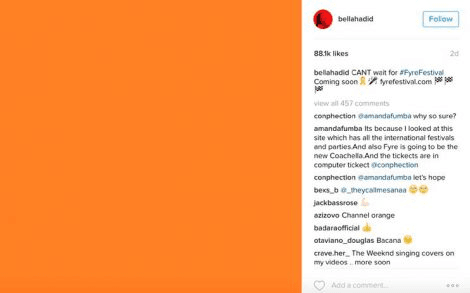
Developing a holistic understanding of human needs – such as significance, comfort, reciprocity and reward, personalization, and having a story to latch on to – can greatly improve a business’ chance of competitiveness by informing its decision-making on a general level.
For their research, behavioral scientists use a variety of techniques and concepts, some of which are described below.
Social contagion
As displayed above, this refers to the propensity for individuals to copy someone else’s behavior. This is especially pertinent as it relates to the viral spread of ideas online, such as memes, talking points and art.
Observational learning
By observing the behavior of others, individuals can learn how to act. While people tend to mimic their family, friends and other authority figures they look up to, the rise of social media, and particularly celebrity and brand accounts posting nearly 24/7 on their feeds, the role models for people’s behavior have become even broader.
The halo effect
This is a type of cognitive bias whereby the positive perception of a person or brand is developed non-objectively through favorable association with other people and brands (think: your favorite musician being in a brand’s commercial).
Behavioral science has been around for quite some time, but over the past decade, it has found its way more into the popular consciousness, especially as it relates to business.
Psychology is fundamental to behavioral science but it also draws on areas like sociology, economics, political science and anthropology.

MEMES
An Internet meme is a concept or idea that spreads “virally” from one person to another online. Internet memes are a form of communication and “getting them” inherently defines a person as being part of an in-group. A 2015 study published in the journal Human Technology argues that memes “can influence the behavior of the recipient; therefore, examining how memes spread can provide insights into how a culture evolves.”
One of the variations on a photo taken by a Spanish photographer. It went viral as people added new text over the images to depict everyday realities and desires. Photo: Antonio Guillem
Making products they can’t resist
Several companies have engaged more directly with behavioral scientists in an effort to understand their customers and tailor their products and services based on that knowledge.
For instance, in the early 2000s, Adidas realized it might have overlooked that its athletic gear had uses outside of competitive sport. The company brought in Red Associates and their staff of behavioral and social scientists who spent 24 hours with Adidas customers asking them why they used the products and having them shoot videos of themselves talking about the reasons they exercised.
Responses confirmed that many customers wanted products that helped them lead healthy lifestyles, and were less concerned about winning competitions. As a result of the study, Adidas changed its branding to include more inclusive messages, such as ‘Impossible is Nothing’ to ‘All In.’
A similar process of behavioral research was taken on by Coca-Cola. After launching fruit-flavored sugary teas to much demand in the US, the company was confused by the products flop in China. In order to figure out what had gone wrong, Coca Cola hired behavioral scientists to do on-the-ground fieldwork.
Turns out, in the US, the word ‘tea’ is associated with indulgence and pleasure, so adding fruit flavors makes cultural sense. But in Chinese culture, tea is seen as a tool for revealing the true self, away from irritants and distractions so adding flavors and sugar was contrary to that experience. With these insights, Coca Cola shifted its strategy for its Chinese consumers and gained significant market share in the country.
Both these accounts display how retailers, with the help of behavioral scientists, can tweak their products to be more attractive to their customers.
Speaking to this idea, Norman Kurtis, Vice Dean of the IE School of Human Sciences and Technology, said: “whether people adopt technologies or not depends on how the changes are communicated to them, and behavior experts are critical to understanding this and influencing those changes.”
As such, some have become increasingly wary of the use of this kind of science by organizations of all kinds, wondering, specifically as it relates to retailers, whether they’ll use this data to design for profit over consumer needs. Sure enough, there are some gray areas here, but according to a handful of behavioral scientists, most companies today are using this field of science to make research-backed decisions that can help them bring to market what it is the consumer actually needs and wants.
Retailers, with the help of behavioral scientists, can tweak their products to be more attractive to their customers.
It’s a refrain behavioral scientists hear quite often, and they have a response. “It’s something always worth paying attention to, this idea of manipulation,” said Dan Connolly, a vice president at Ideas42, a non-profit that takes insights from academic behavioral science research and translates them for businesses and government institutions.
“The standard response is that there’s no truly unbiased choice, everyone is working in an environment designed by somebody else. But what we’re trying to do is close the intention/ action gap. We are helping people do what they want to do, rather than working to change people’s intentions.”
David Mathias, co-founder of the organization Beyond the Data, said the biggest way to mitigate the appearance of nefarious behavior is to be open and transparent with users and customers.
Retail events like Black Friday draw on behavioral science, creating states of excitement and using knowledge of the psychology of gains and losses to drive sales. Photo: Ververidis Vasilis
“Whether people adopt tecnologies or not depends on how the changes are communicated to them, and behavior experts are critical to understanding this and influencing those changes”Norman Kurtis, Vice Dean of the IE School of Human Sciences and Technology
Social media: an unprecedented glimpse into consumer psychology
That infinite scroll through your friend’s breakfast, the Buzzfeed listicle of cute animals, the breaking news and the advertisements – all this combines to make a picture of who you are. Be it Facebook, Instagram, Twitter and many others, companies all of all kinds are salivating for the chance to understand this data better.
These social platforms can be especially helpful for businesses since customers aren’t filtering themselves as much as they would if they were presented with a company survey. In this way, these users present distinct and many times, more candid feedback about a brand – something many businesses want to use to adapt their product and service offerings.
“Just about every consumer-facing company is using social media in some way, often with influencers,” said Roger Dooley, a speaker and author on applying behavioral science to business. “That’s where their customers are.”
Social proof- A psychological phenomenon where people assume the actions of others in an attempt to reflect correct behavior for a given situation.
Dooley went on to explain the importance of the concept of social proof. Consumers walking by a restaurant that’s empty are unlikely to go in, whereas a full restaurant will lure more to squeeze in. This works in a similar way online, whereby celebrities, even if they’re not experts on a particular topic, can lend credence to brands.
As such, many businesses have begun using celebrity influencers on their social media product campaigns in an effort to shape the views of the broader audience.
This will continue to become an area of extensive research and development, since one study conducted in partnership with Twitter suggested that 49 percent of consumers look to influencer suggestions as it relates to purchasing items. Plus 40 percent of consumers had purchased something after seeing it on YouTube, Instagram or Twitter.
Each day, we produce 2.5 quintillion bytes of online data. Much of it can be used to study patterns in human behavior. Photo: Gian Cescon
UNDERSTANDING THE PSYCHOLOGY BEHIND SOCIAL MEDIA FOR MARKETING
Facebook, tribalism and ‘fake news’
It’s the age of ‘fake news.’ And depending what side of the political spectrum you’re on determines what kinds of content you’ll point to as prime examples of the onslaught of misinformation.
One such platform that seems to be getting the brunt of the criticism lately is Facebook.
For instance, fingers were pointed at the social media platform for doing nothing while Russian trolls and fake media sites ran amuck on the site spewing incendiary misinformation, which some believed led to the downfall of Democratic presidential candidate Hillary Clinton during the 2016 election. An analysis by BuzzFeed News found that the top fake news stories about the election generated more engagement on Facebook than top election stories from 19 major news outlets combined.
And it’s continued to be an ongoing issue with Aljazeera reporting that Facebook’s automated system for eliminating fake news can be tricked and, in fact, was, showing millions of people fake news ahead of elections in Nigeria in 2019.
Because of this, executives at Facebook have been working in ways of stopping the spread of fake news with behavioral sciences. By employing social scientists to study the spread of misinformation and revealing the social, geographical and cultural variation in how people use social media and how they process certain types of information being posted there, behavioral scientists are able to better investigate the vulnerability a particular user might have to not only believing but also spreading misinformation.
Not only that, but Facebook also put effort into working on the problem by hosting a competition on messaging platform WhatsApp (which is owned by Facebook) to crowdsource ideas from the behavioral science and other communities about how to correct the issue.
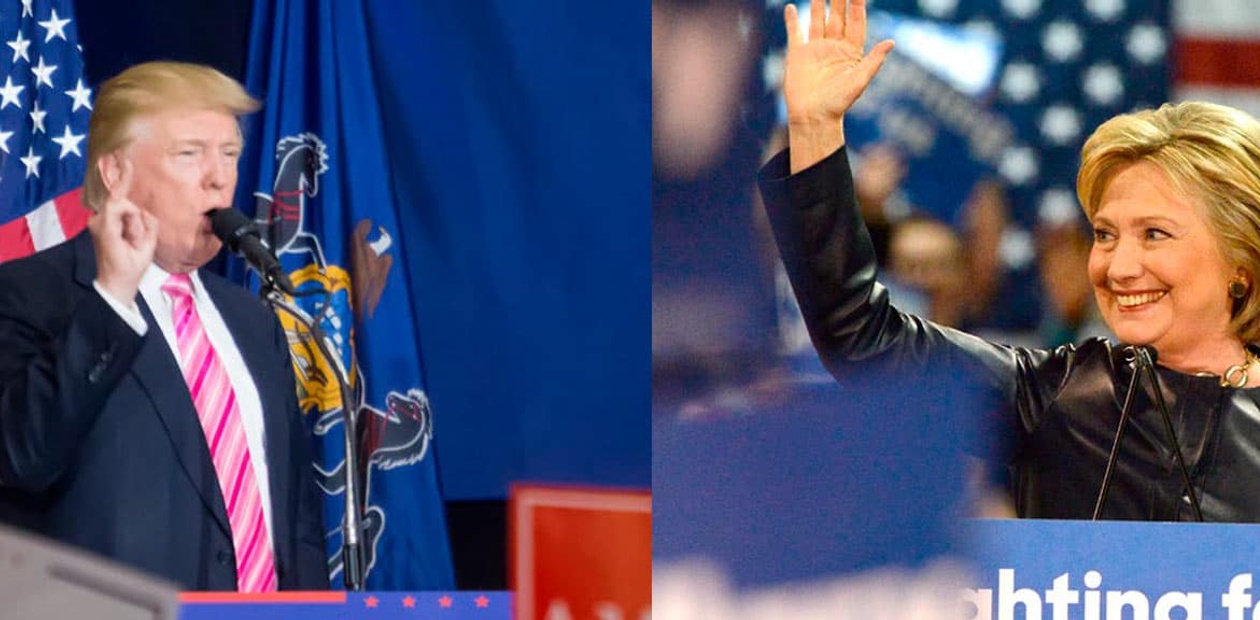
CONFIRMATION BIAS
Studies have shown that people have a tendency to find, interpret and recall information in a way that confirms their preexisting beliefs. One study suggests that these biases are so strong they can even affect our math skills. In the study, people were given data sets to interpret and told they were either about skin cream or whether banning concealed handguns affected levels of violence. Republicans could easily interpret the data when it came to the neutral skin cream, but had trouble doing the math when data suggested that banning guns decreases violence. Democrats also only messed up the math when the data said banning guns increases violence.
Donald Trump and Hillary Clinton during the campaign trail in 2016. Shutterstock
A ‘visitor’ on the inside
Not everyone likes going to work every day. That won’t be news to anyone. But some businesses, lately, have put time and effort behind trying to figure out how behavioral sciences can improve company performance and keep employees hapier.
By conducting research on a company’s values and culture, behavioral scientists have been able to help executives at organizations understand how the image they think they’re presenting varies from the image their employees conjure up. Behavioral scientists can find patterns of employee behavior and compare and contrast conditional values, such as headquarters or geographies, to make recommendations on where to change or build on existing behaviors.
In this way, companies are able to create more sustainable work cultures and improve performance.
“We know from hard science, and particularly the field of positive psychology, that people’s daily emotions – the concrete, daily positives and negatives we all experience in a workday – can have a big impact on performance”Lee Newman, Dean of the IE School of Human Sciences and Technology
He points to the fact that psychological studies have found negative emotions experienced after a highconflict meeting, for instance, can make people less open to new or innovative ideas. On the other hand, experiencing positive emotions in the workplace tends to trigger more open-minded thinking and creative problem-solving. The “positive leadership” strategy, employed in many organizations around the world, capitalizes on these observations for the benefit of both the company and its employees.
Behavioral science isn’t only useful for retaining the staff an organization already has and boosting performance, but can also be valuable when hiring others.
For instance, the Behavioral Insights Team (BIT) works with a number of employers globally to overcome bias within the hiring process.
First started as an initiative of the UK government, BIT’s Applied platform anonymizes resumes so that employers can’t make decisions based on conscious or unconscious bias regarding a candidate’s name. The platform also allows for blind scoring of responses, so that candidates are not judged differently based on their answers to previous questions.
Such platforms, developed for managers by behavioral science specialists, can remove bias and help managers hire employees with the skills their organization needs.
BEHAVIOR AND SOCIAL SCIENCES TAKEAWAYS
DEVELOPING A HOLISTIC UNDERSTANDING OF HUMAN NEEDS RELIES ON A VARIETY OF TECHNIQUES AND CONCEPTS
WITH THE HELP OF BEHAVIORAL SCIENTISTS, RETAILERS CAN LEARN HOW TO TWEAK THEIR PRODUCTS TO BE MORE ATTRACTIVE TO THEIR CUSTOMERS
SOCIAL MEDIA GIVES BUSINESSES UNFILTERED, CANDID FEEDBACK ABOUT HOW CONSUMERS VIEW THEIR BRAND, PRODUCTS OR SERVICES
COMPANIES ARE BRINGING IN BEHAVIORAL SCIENTISTS TO CONDUCT RESEARCH FROM THE INSIDE IN AN EFFORT TO MAKE NOT ONLY A POSITIVE IMPACT ON THE EFFICIENCY OF THE COMPANY BUT ALSO ON A HAPPINESS OF ITS STAFF

